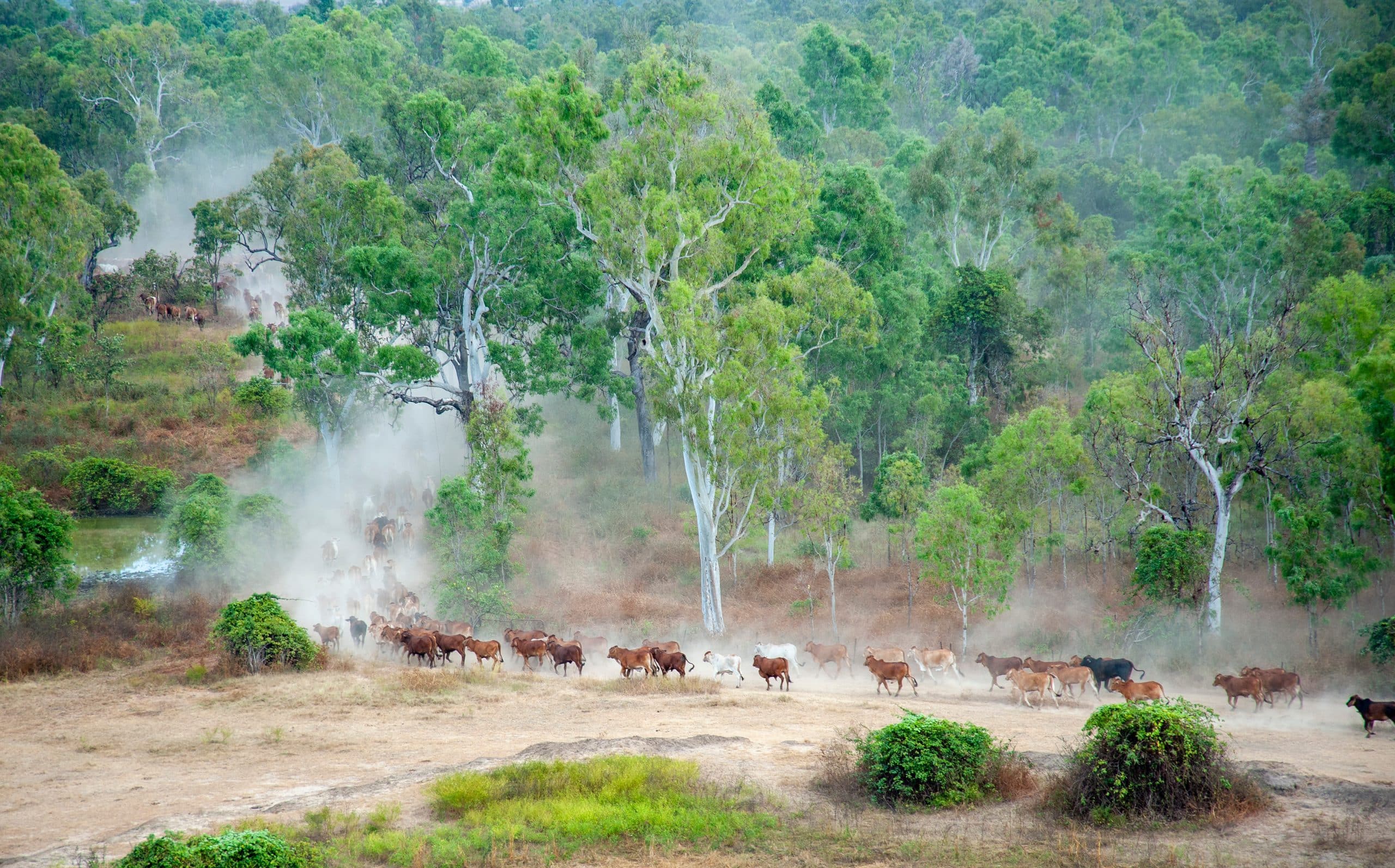Gulf Savannah NRM is collecting stories from long-time residents and elders all over the Gulf to paint a picture of generational change across the land and the people who live on it.
People with living memories of station life, traditional life, natural disasters, hunting or collecting, plants and animals connected to the Gilbert, Staaten, Norman and Mitchell River catchments are invited to share their stories in a recorded interview with Gulf Savannah NRM staff between now and early 2024.
These interviews will help fill a huge gap in historical knowledge of the region, says Gulf Savannah NRM CEO Zoe Williams.
“Our region is vast, sparse, and often forgotten and there’s very little data on historical conditions, so we can’t see how things are today compared with 50 or 100 years ago.
“For example, other parts of Australia have seen troubling long-term declines in the number of livestock the land can carry – but without evidence, we cannot say whether that’s also true here in the Gulf.”
“Long-term locals are the best people to teach us where this land is coming from, and to spark conversations about what we want from it into the future,” she says. “Beyond land condition, we’re sure to find some ripper stories about the people who’ve lived in such a rugged and remote part of the world, and that’s going to be important for showing how people depend on, and relate to, this country.”
Listening to what people say in these interviews will help Gulf Savannah NRM understand the needs and concerns of people who work with the land – so it can better support both people and the environment in years to come.
These interviews will be summarised in a State of the Region report, with selected quips to be shared publicly to further a conversation throughout the region.
If you have some stories that ought to be shared, sign up for an interview by emailing publicity@gulfsavannahnrm.org or call the office on (07) 4092 1088.
Gulf Savannah NRM’s work in collecting these stories has been funded by the Queensland Government’s Natural Resources Recovery Program.

